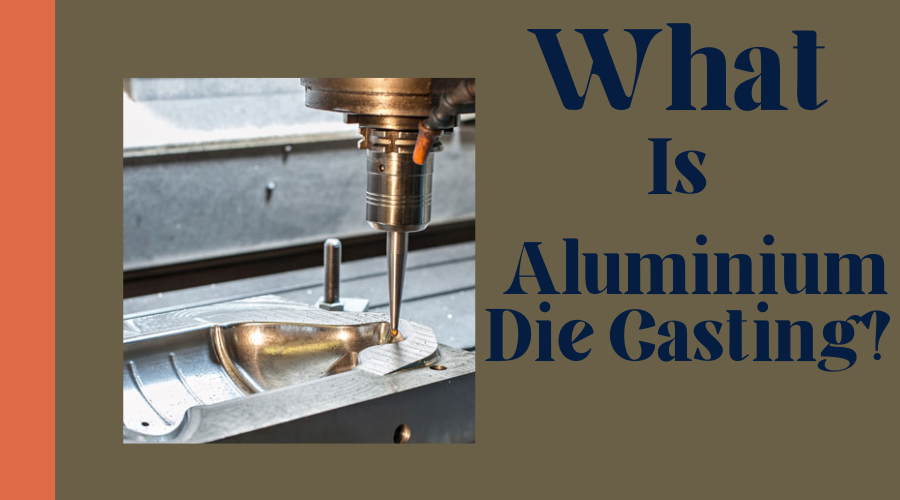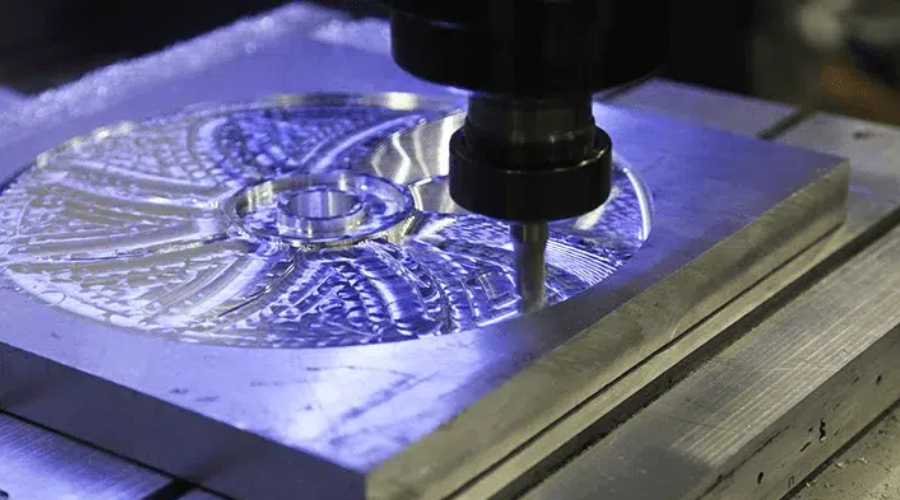What Is Aluminium Die Casting?
- nbtenact
- Dec 28, 2023
- 3 min read

Dive into the scintillating world of aluminum die casting, where molten metal meets ingenuity to create precision-engineered components. In this comprehensive guide, we'll unravel the artistry behind aluminum die casting, explore the intricacies and tips for success, and answer the burning questions surrounding this fascinating process.
The Alchemy of Aluminium Die Casting
1. Molten Magic: The Aluminium Alloy
Aluminum die casting begins with the carefully selected aluminum alloy, a fusion of elements designed to bear the intense heat of the casting process. Often enriched with zinc or copper, this alloy undergoes a transformative journey from solid to molten, laying the foundation for the manufacturing magic.
2. Crafting the Perfect Die
Precision is paramount in the die-casting process, starting with the creation of the mold or die. Engineers' meticulous design must match the desired component's intricate details. The dies, usually made of high-quality steel, serve as the canvas for the molten aluminum masterpiece.
3. Injection Precision: The Dance of Molten Metal
As the molten aluminum comes to life, it's injected into the meticulously crafted die at high pressure. This stage resembles a choreographed dance, where temperature control and pressure management must be perfectly harmonious. The aluminum fills every nook and cranny of the die, capturing the essence of the design with unrivaled accuracy.
4. Cooling and Solidification Symphony
The molten metal, now shaped by the die, enters a controlled cooling phase. Engineers regulate the cooling process to achieve optimal solidification like a maestro guiding an orchestra. This meticulous phase ensures the final product's structural integrity and enhances its mechanical properties.
5. The Grand Reveal: Extracting the Masterpiece
The die opens once the cooling symphony concludes, revealing the freshly cast aluminum component. Precision in this ejection phase is crucial to avoid any damage. The extracted piece, still warm from the casting process, undergoes further refinement and finishing touches to meet the desired specifications.

Expert Tips for Aluminium Die Casting Success
Tip 1: Alloy Matters
Choose the aluminum alloy wisely based on the desired properties of the final product. Different alloys offer varying strengths, heat resistance, and other crucial characteristics.
Tip 2: Perfecting the Die Design
Invest time in meticulous die design. The more accurate and detailed the die, the better the final product. Utilize advanced technologies like computer-aided design (CAD) for precision.
Tip 3: Temperature and Pressure Control
Maintain a delicate balance between temperature and pressure during the injection phase. This equilibrium ensures the smooth filling of the die and minimizes defects in the finished product.
Tip 4: Cooling Calibration
Fine-tune the cooling process to achieve optimal solidification. This step is crucial for preventing internal stresses and ensuring the component's dimensional accuracy.
Tip 5: Post-Casting Treatments
Consider post-casting treatments such as heat treatment or surface coating to enhance the aluminum component's mechanical properties and overall performance.
Nbtenact
Nbtenact is a well-known supplier and manufacturer of automobile and industrial machine parts. Our products are renowned for their precision, immaculate finish, and durability. Place your order with a reputable custom die casting parts supplier to obtain these beautiful components at a reduced price.
FAQs: Decoding Aluminium Die Casting Mysteries
Q1: Why choose aluminum for die casting?
A1: Aluminium is chosen for its lightweight properties, excellent thermal conductivity, and recyclability. It is also known for its corrosion resistance, making it ideal for various industries.
Q2: Can the same die be used for different alloys?
A2: In most cases, dies are specific to the cast alloy. Different alloys may have varying melting points and flow characteristics, necessitating tailored die designs.
Q3: How is the quality of the final product ensured?
A3: Rigorous quality control measures, including inspections, testing, and adherence to industry standards, ensure the final product meets the required specifications.
Q4: Are there limitations to aluminum die casting?
A4: While aluminum die casting is versatile, intricate designs with fragile walls may pose challenges. Collaboration between engineers and designers helps overcome such limitations.
Conclusion: Mastering the Art of Aluminium Die Casting
In conclusion, aluminum die casting is a symphony of precision, craftsmanship, and metallurgical mastery. From the molten dance to the extraction of the final piece, every step demands expertise and attention to detail. With the suitable alloy, perfect die design, and control over the casting process, aluminum die casting emerges as a frontrunner in precision manufacturing—a testimony to human creativity and the pursuit of excellence in metal crafting.







Comments